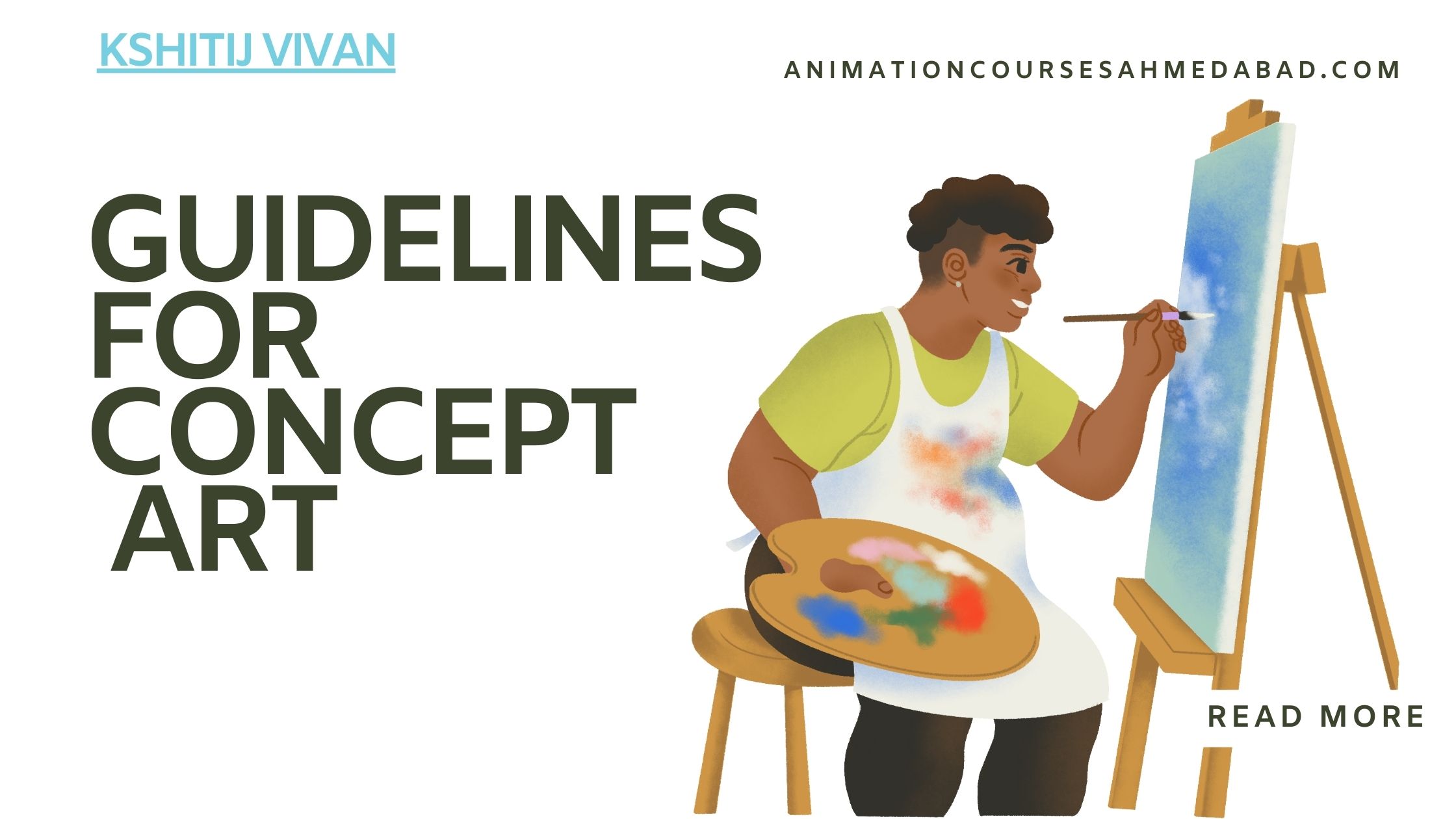
Mastering the Art of Concept Art: Timeless Guidelines for Creators
Concept art is a dynamic form of visual storytelling that captures the essence of a narrative or an image.
It's a medium that communicates the past, present, and potential futures while breathing life into characters, environments, and elements.
Concept art sets the mood for a story and brings its world to life, whether it's for movies, video games, or other forms of entertainment.
Let us see which guidelines for concept art are important to create characters.
7 Guidelines for Concept Art
1. Cultivating Unique Ideas and Comprehensive Research:
While concept art is a playground of imagination, it's crucial to conduct research before diving into your creation. In the digital age, the potential for multiple artists to stumble upon similar ideas is high.
To stand out, explore existing works and ensure your idea has a distinctive angle. This research not only sparks inspiration but also helps you refine your concept.
Additionally, thorough research into the elements you plan to depict—whether it's ships, architecture, or landscapes—ensures accuracy and authenticity, contributing to the depth of your art.
2. Crafting Compelling Composition:
The composition goes beyond placing shapes on a canvas; it's about guiding the viewer's eye through your visual narrative.
As an artist, you wield the power to dictate where elements sit within the composition.
Embrace this power to direct focus, emphasize key elements, and establish a visual hierarchy that resonates with your story.
A well-thought-out composition can alter the emotional impact of your art, leading the audience to perceive it in the desired manner.
3. The Magic of Values:
In the realm of concept art, the mastery of values is akin to wielding a sorcerer's wand.
Understanding the interplay of light and darkness is fundamental to invoking the desired mood and atmosphere in your artwork.
The strategic use of values creates depth, contrast, and an arresting visual presence.
To enchant your audience, invest time in mastering values, allowing colors to weave their spell, and leading the viewer's gaze precisely where you intend.
4. Embarking on the Design Journey:
Before your artistic tools touch the canvas or digital tablet, embrace the power of thumbnails.
Creating multiple thumbnail sketches enables you to experiment with different compositions, perspectives, and angles.
These tiny explorations provide insights into the potential of your final concept art, giving you the freedom to iterate without committing to a single direction prematurely.
Furthermore, playing with perspectives during this phase adds dynamism and appeal to your concepts.
5. Embracing Perspective and Dynamics:
Perspective is the invisible thread that weaves concepts together, making them appear immersive and alive.
As you refine your thumbnails, experiment with various perspectives to find the angle that maximizes the visual impact of your art.
Dynamic perspectives infuse energy into your scenes, inviting viewers to explore and engage with the world you've created.
6. Breathing Life into Characters:
Characters are the heart and soul of any narrative. To make your concept art truly captivating, invest time in developing characters with depth and personality.
Consider their backstory, motivations, and emotions.
This level of detail adds layers of authenticity to your art, making it easier for viewers to connect with the characters on a personal level.
7. Building Immersive Environments:
Concept art thrives on creating environments that transport viewers to new worlds.
Delve deep into world-building, crafting backgrounds that are as compelling as the characters themselves.
Whether it's a futuristic cityscape, a mystical forest, or a dystopian wasteland, every detail should contribute to the narrative's atmosphere and evoke emotions.
Conclusion:
In the ever-evolving realm of concept art, the guidelines continue to be invaluable pillars for success.
The fusion of original ideas, thorough research, thoughtful composition, strategic use of values, dynamic perspectives, well-developed characters, and immersive environments crafts art that resonates deeply with audiences.
By adhering to these principles and adding your unique twist, you're not just creating concept art; you're crafting immersive worlds that captivate and inspire.
So, embark on your creative journey armed with these timeless guidelines, and let your concepts transcend the ordinary and flourish into the extraordinary.
Share your journey with fellow artists, for every enchanting idea deserves to shine through impeccable execution.



